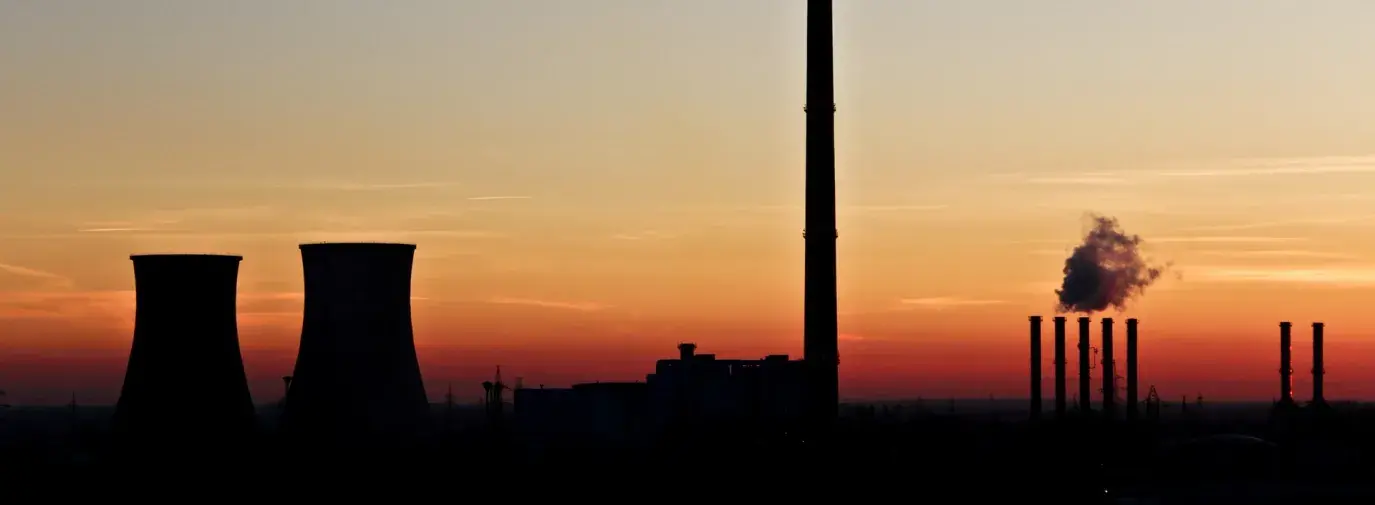
Carbon capture and storage uses existing technology on new power plants or retrofits old power plants in order to capture up to 90% of carbon dioxide produced in the combustion of fossil fuels. The CO2 is then transported by pipeline or ship where it can be injected into underground geological formations for long term storage (1).
Carbon capture and storage is not a viable option for both environmental and economic reasons.
- Building and retrofitting plants with carbon capture technology, and constructing the transport infrastructure, like ships and pipelines, represents a huge cost investment that could be better spent on clean energy.
- Carbon capture technology exacts an “energy penalty” of 25-40% on power plants, meaning that more coal must be burned to keep up the same rate of energy production (2).
- Since the demand for coal from each plant will be higher, more coal will have to be mined and shipped, increasing the public health and environmental costs associated with coal mining.
- Storing CO2 underground can acidify aquifers, which can cause leaching of heavy metals into groundwater (3).
- Injection of CO2 into geologic formations can cause fracturing, which could cause earthquakes or release large quantities of stored CO2 into the atmosphere (4).
(1) "What Is CCS?" – The Carbon Capture & Storage Association (CCSA). Web. 20 Sept. 2016.
(2) Supekar, Sarang D., and Steven J. Skerlos. "Reassessing the Efficiency Penalty from Carbon Capture in Coal-Fired Power Plants." Environmental Science & Technology Environ. Sci. Technol. 49.20 (2015): 12576-2584. Web.
(3) "IPCC Special Report on Carbon Dioxide Capture and Storage." Intergovernmental Panel on Climate Change, 2005. Web. 20 Sept. 2016.
(4) Renard, F., E. Gundersen, R. Hellmann, M. Collombet, and Y. Le Guen. "Numerical Modeling of the Effect of Carbon Dioxide Sequestration on the Rate of Pressure Solution Creep in Limestone: Preliminary Results." Oil & Gas Science and Technology - Rev. IFP Oil & Gas Science and Technology 60.2 (2005): 381-99. Web.






